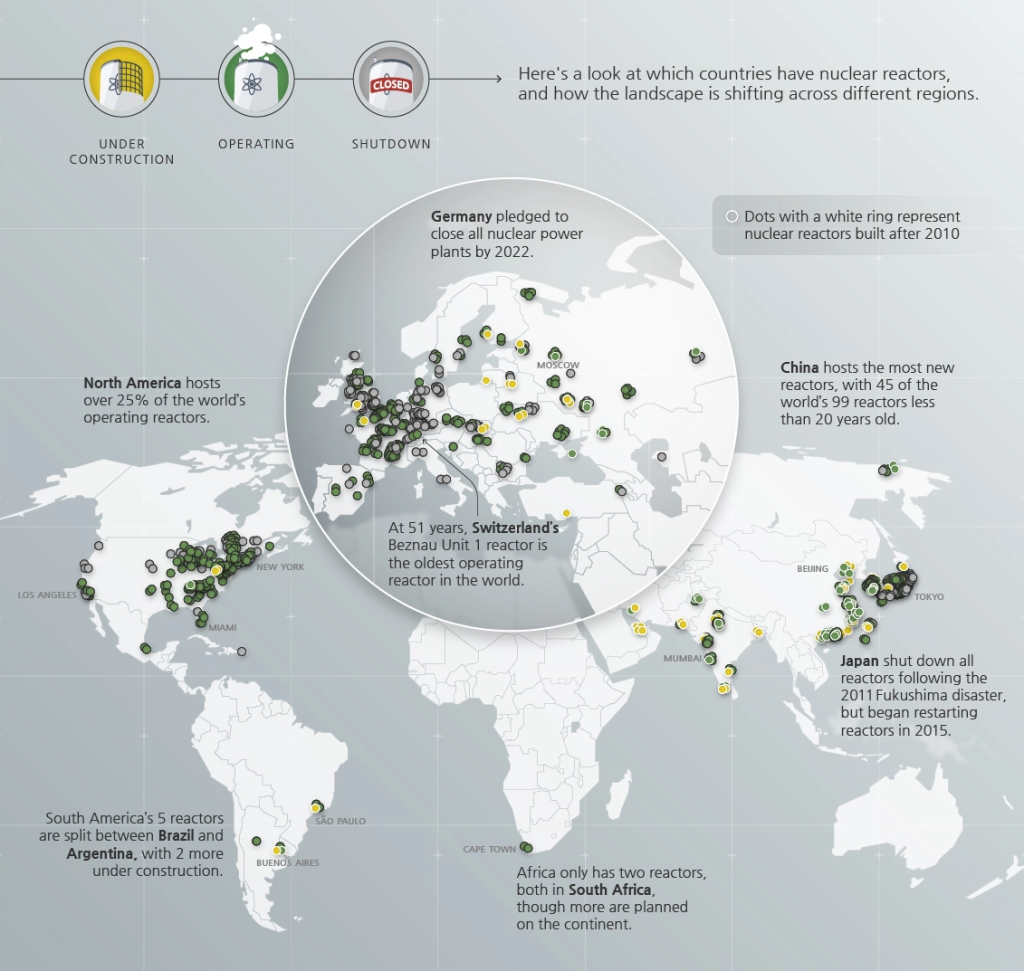Nuclear Fusion: Are We There Yet?

After the Lawrence Livermore National Laboratory (LLNL) proved late last year that they can create more energy from a fusion reaction than they put into it, the fusion hype-train left the station at full speed. So how much longer until our local 7-eleven is powered by fusion?
The task: Recreating the Sun on Earth. Since the 1940s, the world’s brightest minds have been trying to create the brightest energy through the process of nuclear fusion, the same process that powers the sun.
The challenge: Much like the cast of Jersey Shore, the sun is hot, dense, and somehow energetic enough to overcome (electromagnetic) repulsion. This makes it historically challenging to recreate.
- For example, igniting a fusion reaction here on earth requires temperatures exceeding 150 million degrees Celsius—ten times hotter than the sun.
The prize: Low-carbon, no-waste, self-sustaining energy. Fusion has been called the holy grail of energy generation. Kilogram for kilogram, a fusion reaction is roughly four times more energetic than a nuclear fission reaction, doesn’t produce carbon emissions or radioactive waste and, because it creates more energy than it uses, becomes self-sustaining once ignited.
The pursuit of making fusion a reality is so appealing that there are over a hundred active fusion-reactor labs and projects set up or planned across the world, with billions of investment dollars pouring into fusion-ventures each year.
Nuclear fusion projects by type and stage

Like the start of any road trip with your kids, the pathway to commercializing fusion is long, full of unexpected stops, and has unappreciative humans constantly asking you if we’re there yet.
At the highest level, there are three major milestones that fusion-experiments need to achieve before moving out of the lab.
- Achieve greater energy output than input from a fusion experiment
- Achieve greater energy output than input from a whole fusion facility
- Generate sustained, useful electricity from fusion.
It would also be nice if these could be achieved without accidentally creating a black hole (kidding).
While the LLNL fusion experiment produced a net-energy gain with two megajoules of energy in and three megajoules out, the giant laser beam used to ignite the reaction required some three hundred megajoules to produce.
- Milestone #1: Complete
- Milestone #2: Long way to go.
Nuclear fusion is still 10 years away
After some 80 years of research and experimentation, nuclear fusion has garnered a reputation for always being “just ten more years away”. Even at this stage, the ITER Project, arguably the most advanced commercial demonstration fusion reactor project in the world, isn’t expected to produce a sustained fusion reaction until after 2035, assuming no delays to schedule. Once it does, it’s designed to produce some 500 megawatts of fusion power from 50 megawatts of input heating power.
A historical achievement, but nowhere near the terawatts of energy the world requires.
Bottom line: With those timelines, it’s highly unlikely that fusion will play a role in helping the world achieve 2050 targets, but it could become our best option for energy generation beyond that.
If only we can get it to work.




